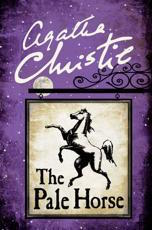
Poirot Score: 65
The Pale Horse
☆☆☆
Reasons For the Poirot Score
This is a good adventure thriller. The Pale Horse has fewer clues than a normal whodunnit Christie, but there are still some excellent ones. The basic idea of murder as a strict commercial business is very clever, but the pace does drag in places. It would have made a brilliant short story, or radio play. It is still a highly enjoyable read with much humour. It is the only novel to have Ariadne Oliver without Poirot.
Click here for the Review
Trivia
Dedication
‘To John and Helen Mildmay White with many thanks for the opportunity given me to see justice done
Lt-Cdr (Richard) John Bramble Mildmay-White, died 1969, married Hon. Helen Winifred Mildmay (1907–1997), sister and sole heiress of the 2nd Baron Mildmay. The Mildmays were an ancient Devon aristocratic family who lived a Flete House on the south Devon coast. Christie herself was brought up in Torquay, and then bought Greenway, on the south Devon coast with her book royalties.
The Missing Link between Hercule Poirot and Jane Marple: The Dane Calthrops
The Revered Caleb Dane Calthrop and his wife Maude, are friends of Miss Jane Marple: see The Moving Finger [1942]. By 1961 the Dane Calthrops are installed in the vicarage at Much Deeping in The Pale Horse. Miss Marple is not mentioned in The Pale Horse, although Christie had included her in some original draft sketches for the plot. This might explain the reappearance of the Dane Calthrops after twenty years. Perhaps Jane Marple was going to pay them a visit for the summer fete?
Hercule Poirot does not appear in The Pale Horse either. This is the only novel with Ariadne Oliver but without her friend, Poirot. Given the Dane Calthrops know Jane Marple, and have met Mrs. Oliver, this book shows that Hercule Poirot and Miss Marple inhabit the same fictional world, although they never meet, or mention each other.
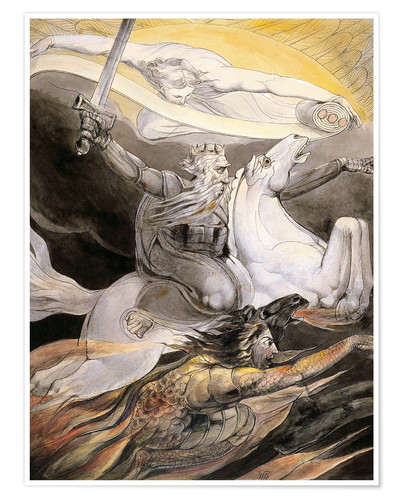
The novel’s title The Pale Horse is taken from The Bible, Revelations, C6, V8 :
I looked, and behold, a pale horse; and his name that sat on him was Death; and Hell followed with him. Authority was given to them over a fourth of the earth, to kill with sword and with famine and with pestilence.
Only two Christie titles are taken from the Bible: The Moving Finger, and The Pale Horse: rather intriguing that they both contain the Revered Caleb and Mrs Dane Calthrop. Perhaps Christie put on her theological thinking hat?
Beatniks and Sputniks
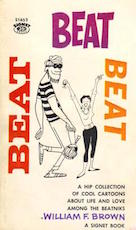
Beatniks 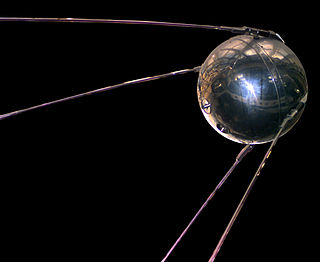
Sputnik 1 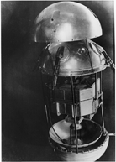
Sputnik 1 taken apart to reveal workings
‘Beatniks and sputniks and squares and the beat generation. I don’t write about them much because I’m so afraid of getting the terms wrong. It’s safer, I think, to stick to what you know.’ Ariadne Oliver
Kerouac used the term ‘Beat generation’ in 1948. By 1958 a journalist described young people as ‘Beatniks’. Christie via Ariadne Oliver is again bang up to date by talking about Beatniks as the 1960s took off.
On 4 October 1957 the Soviet Union launched the first earth orbiting satellite, Sputnik 1, so starting man’s space age: the final frontier. Yuri Alekseyevich Gagarin (1934 – 1968) was the first man in outer space, when he orbited the earth on 12 th April 1961, which I vividly remember! Gagarin died in a MiG-15 plane crash seven years later. The Pale Horse has a passage about betting the first man on the moon would be a Russian. The United States of America’s Apollo 11 landed on the moon in July 1969, eight years after The Pale Horse was written.

